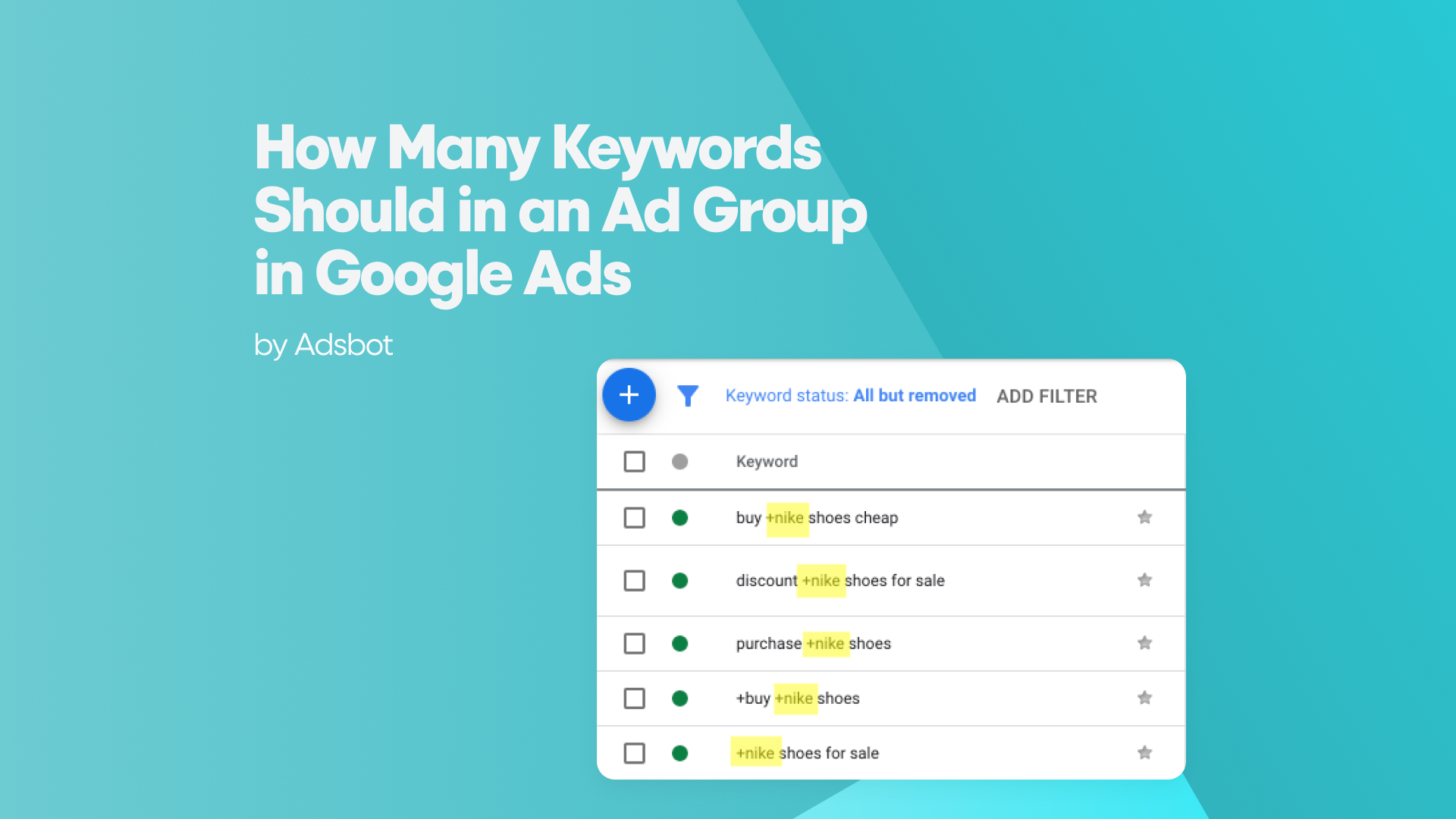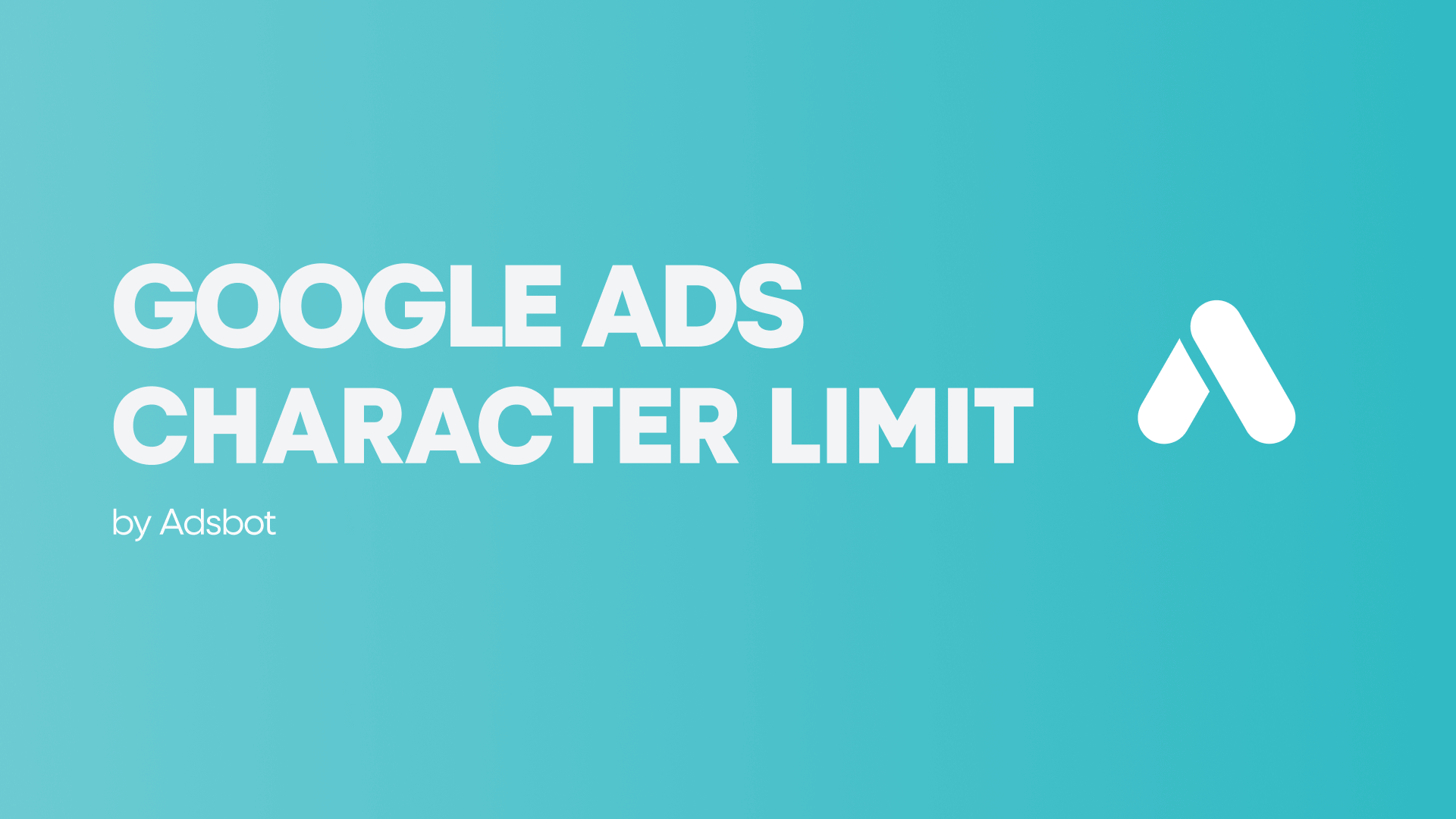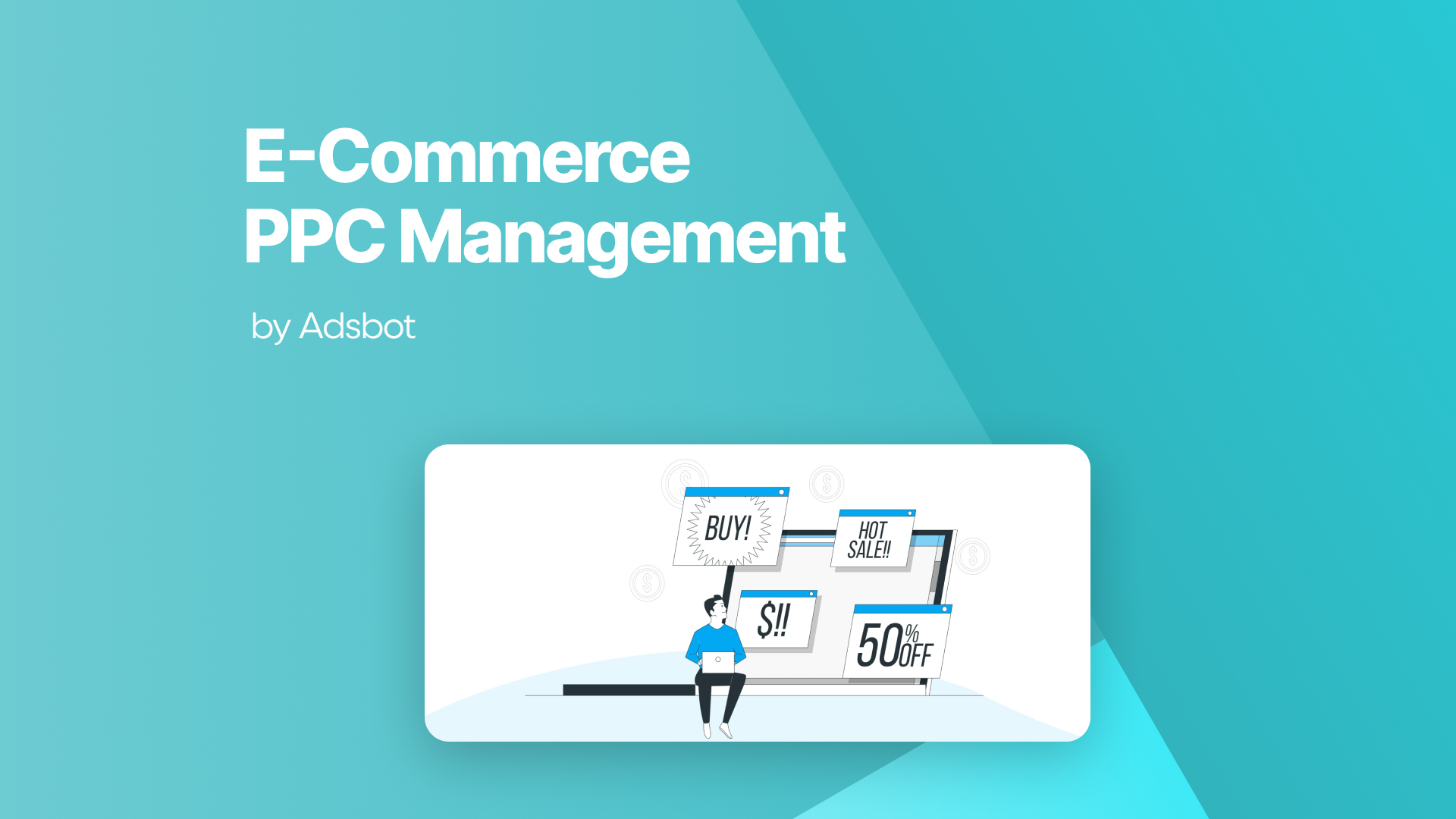In today’s fast-paced world of online commerce, where the digital landscape is vibrant and ever-evolving, mastering the intricacies of E-Commerce PPC Management has become a fundamental necessity for businesses striving to excel in the competitive online marketplace. As the primary gateway to attracting new customers, driving sales, and maximizing return on investment (ROI), Pay-Per-Click (PPC) advertising presents a powerful array of tools for E-Commerce sites to achieve their objectives and maintain a competitive edge.
With consumers’ preferences shifting rapidly and competition intensifying, a robust PPC strategy can mean the difference between success and obscurity in the digital realm. This comprehensive guide will navigate through the complexities of E-Commerce PPC Management, offering insights into its significance, benefits, and strategies for triumph.
Let’s embark on a journey to uncover the secrets of E-Commerce PPC Management, empowering businesses to flourish and thrive amidst the dynamic landscape of online retail.
What is PPC for E-Commerce?
PPC for E-Commerce entails leveraging paid advertising channels like Google Ads or Bing Ads to promote products and channel traffic to online stores. Departing from traditional advertising, PPC campaigns empower E-Commerce businesses to precisely target audiences based on demographics, interests, and search intent. This precision ensures that ads not only reach the right people but do so at the right time, whether it’s unveiling new products, promoting seasonal discounts, or rekindling interest from past visitors. The unparalleled flexibility and precision of PPC for E-Commerce make it a potent force in reaching potential customers and driving conversions.
How Does PPC for E-Commerce Work?
The mechanics of PPC for E-Commerce are elegantly simple yet powerful. Advertisers bid on keywords or product listings relevant to their offerings, and their ads are displayed to users searching for those terms or browsing related websites. Each click on these ads incurs a predetermined cost, hence the term “pay-per-click.” With sophisticated targeting options, dynamic ad formats, and robust tracking capabilities, PPC for E-Commerce empowers businesses to tailor their advertising efforts to match the preferences and behaviors of their target audience, resulting in higher engagement and conversion rates.
Why Use PPC for E-Commerce Sites?
The merits of PPC for E-Commerce sites are manifold:
- Increased Visibility:
In the bustling expanse of online retail, standing out is no small feat. PPC allows E-Commerce sites to prominently display their products at the zenith of search engine results pages (SERPs) and across relevant websites, ensuring maximum visibility to potential customers.
- Targeted Reach:
PPC platforms offer sophisticated targeting options, enabling E-Commerce businesses to reach specific audiences based on demographics, interests, and search intent. This precision targeting ensures that ads are shown to users most likely to be interested in the products or services offered.
- Immediate Results:
Unlike organic search optimization, which takes time to bear fruit, PPC campaigns can generate immediate traffic and sales. E-Commerce businesses can launch PPC campaigns and witness results within hours, making it an ideal strategy for driving short-term revenue and promoting timely offers.
- Flexible Budgeting:
PPC advertising provides flexibility in budgeting, allowing E-Commerce sites to set daily or monthly spending limits. Advertisers only pay when users click on their ads, simplifying cost control and maximizing return on investment (ROI). Additionally, PPC platforms provide detailed performance metrics, facilitating informed decision-making for optimized campaigns.
- Product Promotion:
For E-Commerce businesses, effective product promotion is paramount, and PPC provides an ideal platform. Through text ads, display ads, or Google Shopping ads, PPC allows E-Commerce sites to showcase their products prominently, directing traffic directly to product pages and increasing the likelihood of conversions.
- Remarketing Opportunities:
PPC platforms offer powerful remarketing capabilities, enabling E-Commerce businesses to re-engage users who previously visited their website or expressed interest in specific products. Targeted ads served to these users as they browse the web enhance brand awareness and encourage repeat visits and purchases.
- Competitive Advantage:
In competitive E-Commerce markets, PPC can be a game-changer by allowing businesses to outbid competitors for top ad placements or target niche keywords with lower competition. Strategic bidding and ad placement enable E-Commerce sites to capture the attention of potential customers and drive sales ahead of the competition.
E-Commerce PPC Strategy
Crafting a successful E-Commerce PPC strategy involves a blend of strategic planning, data analysis, and continuous optimization. Key components of an effective strategy include:
- Keyword Research: Conduct thorough keyword research to identify high-converting keywords relevant to your products and target audience. Utilize tools like Google Keyword Planner or SEMrush to discover keywords with high search volume and low competition.
- Ad Copy Optimization: Write compelling ad copy that highlights the unique selling points of your products. Incorporate keywords strategically and include compelling calls-to-action to drive engagement and conversions.
- Product Feed Optimization: For E-Commerce businesses using Google Shopping ads, optimize your product feed with accurate product information, high-quality images, and competitive pricing. A well-optimized product feed enhances ad visibility and drives higher click-through and conversion rates.
- Dynamic Remarketing: Implement dynamic remarketing campaigns to re-engage past visitors and abandoned cart shoppers with personalized ads showcasing products they previously viewed or added to their cart. Dynamic remarketing helps recapture lost sales and drive higher conversion rates.
- Continuous Monitoring and Optimization: Regularly monitor the performance of your PPC campaigns and make data-driven adjustments to optimize performance. Test different ad creatives, targeting options, and bidding strategies to identify what works best for your E-Commerce business and adapt accordingly.
In the dynamic world of online retail, where innovation and adaptation are key drivers of success, mastering the art of E-Commerce PPC Management is essential for businesses aiming to thrive and grow. Through this comprehensive guide, we have explored the intricacies of PPC advertising, delving into its significance, benefits, and strategies for success.
As we conclude our journey, it’s crucial to emphasize the transformative potential of E-Commerce PPC Management in unlocking new opportunities for growth, expanding customer reach, and maximizing sales. Understanding metrics such as view through conversion can provide valuable insights into how your PPC efforts influence customer behavior even after initial exposure. By harnessing the power of PPC advertising to reach targeted audiences, showcase products effectively, and drive conversions, E-Commerce businesses can position themselves as leaders in their respective niches, driving sustainable growth and success.
Whether you’re a seasoned online retailer or a budding E-Commerce entrepreneur, the insights and strategies shared in this guide serve as a roadmap for achieving your business objectives in the dynamic world of digital commerce. By leveraging the power of PPC management, businesses can unlock their full potential, driving meaningful results and establishing a lasting impact in the competitive landscape of online retail.
Popular Posts
-
 How Many Keywords Should in an Ad Group in Google Ads?
How Many Keywords Should in an Ad Group in Google Ads?Are you new to Google Ads and trying to figure…
Read more -
 Google Ads Script for Dummies: An Introduction
Google Ads Script for Dummies: An IntroductionImagine you have an e-commerce website that sells licensed superhero…
Read more -
 Google Ads Character Limits
Google Ads Character LimitsGoogle Ads has character limits for various elements of an…
Read more -
 Google Ads Sitelink Character Limits
Google Ads Sitelink Character LimitsAre you looking to maximize your Google Ads campaigns?…
Read more
Register for our Free 14-day Trial now!
No credit card required, cancel anytime.

